I'm trying to make an "animated" plot a lot of data (the position of 1000 particles) from a big text file with a script like:
set terminal wxt size 1000,600
k=999999
N = 999
do for [i=0:k]{
plot for [j=0:N-1] "pos.txt" using 2*j+1:2*j+2 every ::2*i+1::2*i+1 ls 1 pt 7 ps 2 notitle
In the file, every line has the coordinates X and Y at a certain time of the points I want to plot. I'm using every to plot all the data in each row once and then move on to the next row.
The output is something like this (1000 particles moving) 
However the plotting is way too slow and I don't know what I can do to make it plot faster. It plots a row once every 5 or more seconds. The file weights some MBs. Should I change the terminal? Or the way I store the data? I think there might be a problem when gnuplot loads a big file.
Some particles dissappear in the simulation so I also get the error line 14: warning: Skipping data file with no valid points when the index j (well 2j+1) goes over the number of particles but I tried making it so that it reads the number of particles each time and it's even slower. Many thanks.